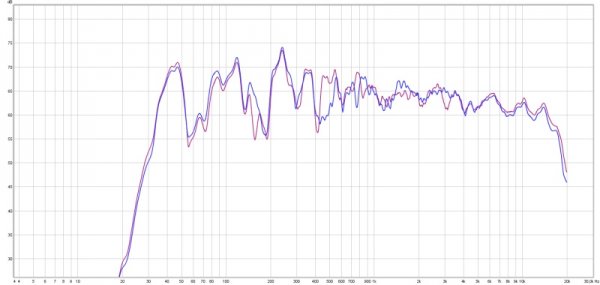I had big Infinity panels for many years. Russ Herschelman designed a wall where it was easy to add and subtract 2’x2’ RPG absorbers and Skyline diffusers. I ended up with 4” thick absorbers along the floor, ceiling, and vertical wall junctions and Skylines covering the rest of the surface. In that room that sounded considerably better than a bare wall or a largely absorbent wall.
My working hypothesis was that the corner junctions propagated irregularly directed/focused waves, while the diffusers propagated “uniform” waves back into the room.
Thank you for posting about your experience. Why do you suppose the diffraction panels propagated a "uniform" waveform back into the room? Wouldn't diffraction material break up that waveform and make it the opposite of uniform?


